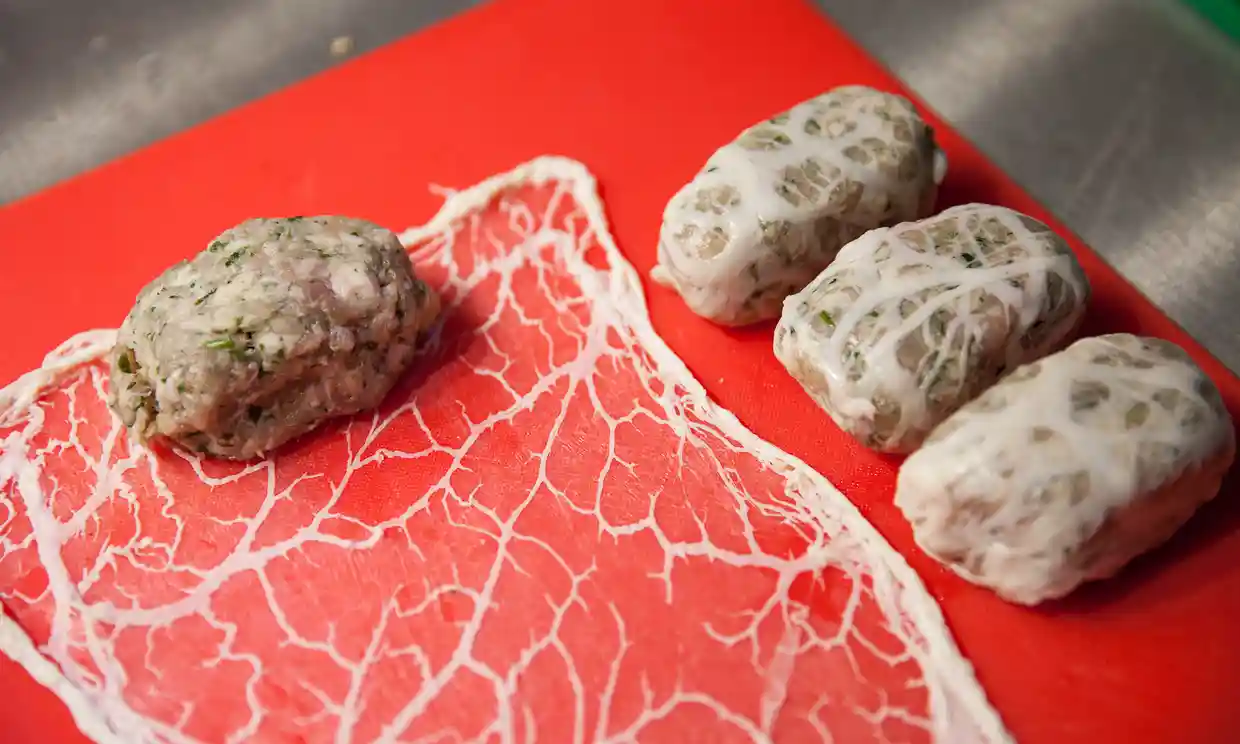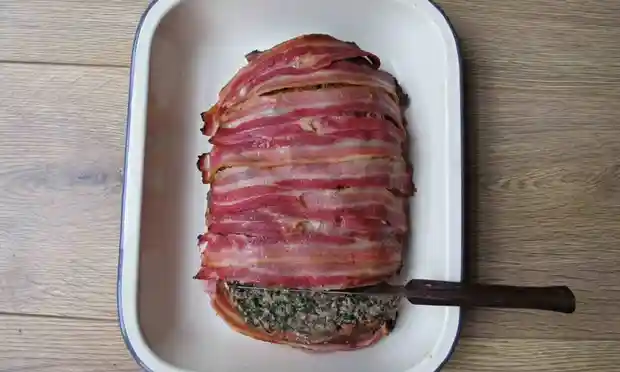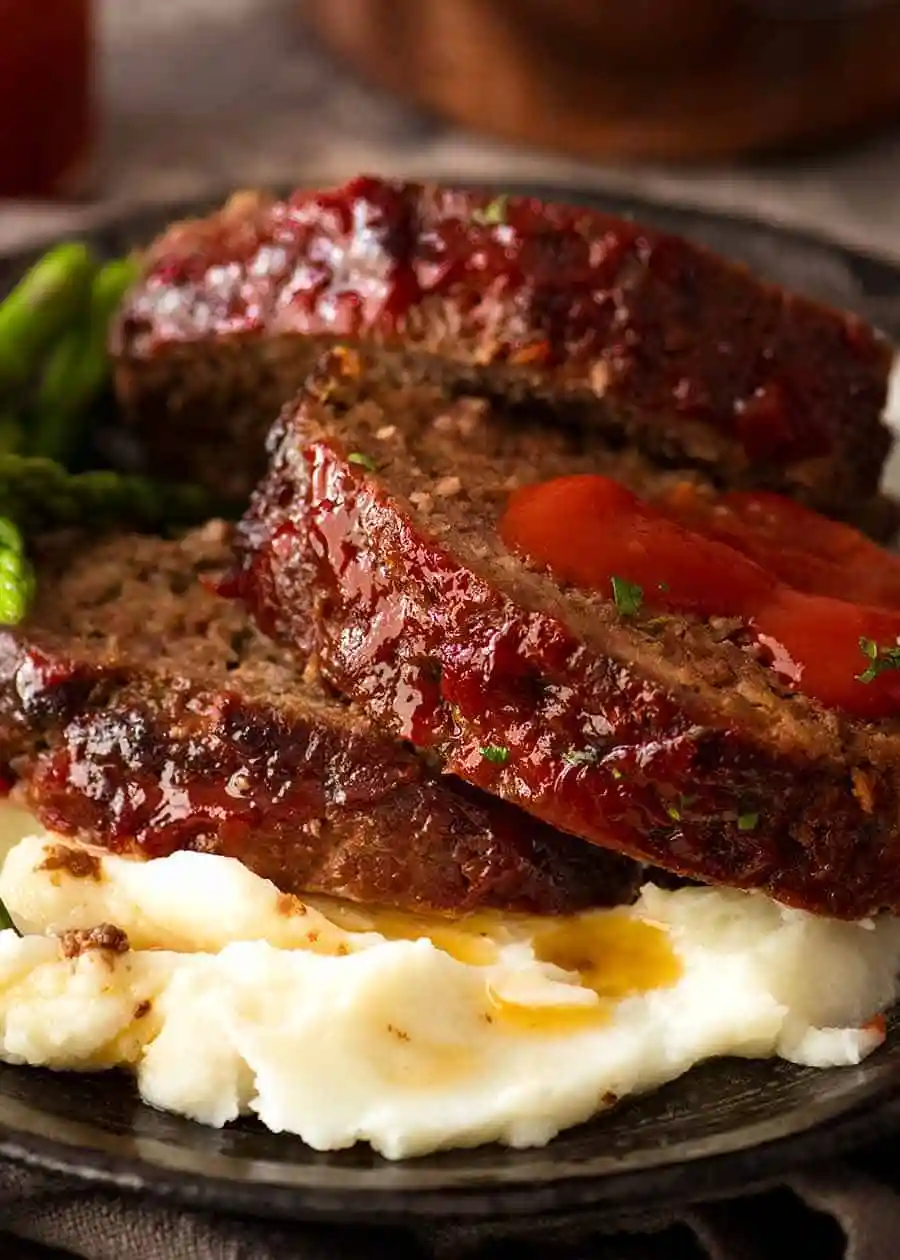Meatloaf - or terrine - or... ?
- rosemary
- Jul 6, 2023
- 6 min read
"meatloaf is just the American name for a very old idea, a way of stretching those expensive scraps of meat a little further by binding them with other ingredients" Felicity Cloake

The picture at left is from last month's Coles Magazine and is of a meatloaf that they call Bolognaise-style meatloaf - so not very American. However, I'm using it as my starter picture, because this is what started me off on today's topic.
Why? Well it looked delicious and I thought that the idea of a bolognaise-style meatloaf was mildly interesting, and also that meatloaf itself was a subject I have not tackled before. Well I don't think I have. Mostly because I think I have only ever made one in my life. Whereas I have made a few terrines and many, many, many shepherd's/cottage pies. Which perhaps are more distantly related.
The British just don't seem to have taken to meatloaf - possibly because they had shepherd's pie for a cheap meat dish, although that's made from leftover meat not mincemeat. So I suppose the nearer equivalents might be faggots or pork pies, but none are really the same.
As Felicity Cloake says in her 'How to make the perfect meatloaf' article, as a young teenager:
"I knew of meatloaf only from the world of the Hardy Boys and Nancy Drew, where it was something strange and exotic, like the equally puzzling popsicle, or the bizarre-sounding jelly sandwich." Felicity Cloake
So no it's not a British thing. And the Italian idea is obviously popular because I found a few - below is one from Taste and a cook called Miranda Payne who calls it Bolognaise meat loaf and one from Donna Hay who calls hers Classic tomato baked meatloaf. And the Middle-Easterners also have their own versions of course with Ottolenghi suggesting
Lamb and bulgur meatloaf with tomato and yoghurt salsa. Not one of his more tempting looking dishes I have to say and even he says: "This dish is never going to win any beauty contests"
Before I leave Coles and all the non-American meatloaves though I would like to point out that Coles featured this dish as a budget saving dish - under $3.00 a portion I see, but more interestingly it gave a sandwich suggestion for the leftovers:

"Slice and heat your meatloaf, then enjoy on toasted Turkish bread with avocado, caramelised onion relish and baby rocket leaves."
Which is somehow so very Australian. There was no picture of course, but there are lots of other ideas for making sandwiches out of the leftovers. This one which comes from America but is based on a Korean sauce/marinade called bulgogi is called Bulgogi meatloaf sandwich and comes from Bon Appétit.
And so to America which is famous for its meatloaf:

"Americans are proud of their meatloaf, and rightfully so. It's one of our national dishes and deserves a place up on the pedestal, rubbing shoulders with the likes of hamburgers, barbecue, and hot dogs. I mean, it's a loaf made out of meat. What could be more decadent-yet-comforting than that?" J. Kenji López-Alt/Serious Eats
As you will know by now J. Kenji López-Alt does indeed take his food seriously and he has a very detailed and scientific article on the Serious Eats website on how to make the classic meatloaf - shown above. What should it be like?:
"The very best meatloaf should be tender and moist, with a distinctly soft but never mushy texture. "Velvety" and "rich" should come to mind when tasting it, tender enough to slice with a fork but firm enough to pick up that bite without it breaking. It should be a sponge for moisture, oozing juices when you eat it but not leaving a puddle on your plate. It should be deeply rich and meaty in flavor and savory, with just a hint of vegetable undertones to complement and lighten the slice. But make no mistake: meatloaf is about the meat. And, of course, it needs to reheat well for sandwiches." J. Kenji López-Alt/Serious Eats
He calls his version 'classic' but it isn't really for a few reasons. There are anchovies and mushrooms in the mix - I don't think this is standard; he uses gelatine instead of veal because it has more flavour; and the ketchup is in the glaze not the mix itself. The meat mix by the way is beef and pork, which seems to be pretty standard.
There are of course lots of other 'classic' recipes out there, beginning with Felicity Cloake's perfect version; Donna Hay's Basic version; and Nagi Maehashi of Recipe Tin Eats Meatloaf recipe, which I have to say looks the most American. The other two cannot resist the bacon shroud.
What I mean by both Felicity Cloake's and Donna Hay's versions looking like a terrine rather than a meatloaf, is that bacon coating. It makes them look like terrines. And here is why:
"Meatloaf and terrines are much the same because they’re both loaf-shaped and made with similar ingredients but they’re not the same. Meatloaves are generally served hot, right out of the oven while terrines are served cold after many hours or a day of cooling down and sometimes pressing. Meatloaves generally contain breadcrumbs (or oats, etc.) to bind the mix together while this is often not the case with terrines. Terrines are cooked in a water bath and meatloaves, while cooked in a similar loaf pan, are not also surrounded by a water bath.
And perhaps the final evidence that terrine is not the same as meatloaf: I’ve never seen a terrine (or pâté) recipe call for ketchup—and we all know our favourite meatloaf recipe calls for a quarter cup of the red stuff, right?" Forcemeat Academy
I would also add to that, that terrines are mostly made of different meats - rabbit, duck, just pork ... Of course you can make meatloaves out of any other kind of meat as well, but then it isn't a classic American meatloaf. So what is?:
"There are competing histories, including the belief that meatloaf, or its closest antecedent, emerged in medieval Europe, around the fifth century, in a Mediterranean dish of finely diced meat scraps joined with fruits, nuts and seasonings. From that moment on, meatloaf in its many iterations and guises was often a sort of culinary scrap heap, a refuge for leftovers, in the spirit of many casseroles and of shepherd’s pie. It was a way to stretch protein. It was a way to use up excess vegetables. It was a ragtag orchestra of ingredients on the verge of expiration. And it made music more uplifting than anyone could have anticipated." A history of meatloaf - long may it reign - Frank Bruni & Jennifer Steinhauer/Bon Appétit

A last word about the history of the American meatloaf - a family staple it seems. Bert Greene - my favourite American author Robert Carrier is not quite American - he was just born and grew up there) - maintained that he ate meatloaf at least once a week and many other people claim it as a national dish. But of course it isn't, in the sense that it originated in America. It is in the sense that the Americans have made it their own by constructing their own version - which many say began with this unappetising dish called Scrapple. Scrapple is a very simple dish first made back in early colonial times, in Pennsylvania by German and Dutch immigrants from ground pork and cornmeal. But of course they were building on similar dishes from their homelands. It is still eaten would you believe?
Meatloaf is definitely a family dish though:
"the quintessential taste of home for many Americans; like shepherd’s pie, its attraction lies in its familiarity. As Richard Ehrlich wrote ...: “In the US, meatloaf is a religion that unites people of all denominations, including atheism.” Felicity Cloake/The Guardian

Moreover:
"It never made inroads like that into upscale restaurants, but every now and then, an ambitious chef will sneak it onto his or her menu, either presenting it in some exalted form or keeping it simple and serving it as an act of nostalgia, as a gesture of respect for a food that so ably sustained Americans through hard times." Frank Bruni & Jennifer Steinhauer/Bon Appétit
The version above is Italian meatloaf from Mario Batali one of the world's top chefs.

But really this is what it's all about - Mom's Meatloaf from Taste of Home. And maybe I'm wrong. Maybe the defining feature is the tomato ketchup - on top as a glaze, not in the mix. Maybe I should give it a go again, although I'm really not sure about all that tomato ketchup on top.
"It’s the fluffy caftan of comfort foods." Frank Bruni & Jennifer Steinhauer/Bon Appétit

















Comments